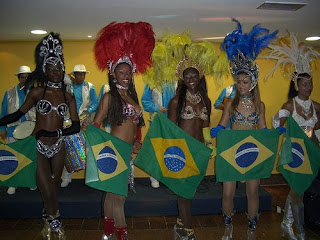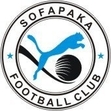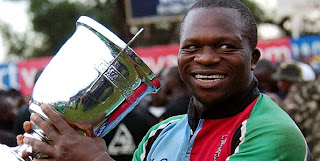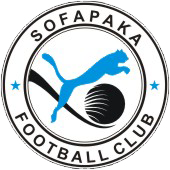The off-season has had quite a flurry of activity and the teams have been busy making this and that deal to secure the best interests for their own before the kick-off of the new season by end of February, when the 2011
Kenya Premier League (KPL) season kicks off.
Kicking off? Most teams seem to be kicking themselves instead and have not quite endeared themselves to the Kenyan corporate world. Some of the others who have, have done so for a pittance and not quite exploited their qualities and potential for the deals.
 |
| Real Betis Sample Shirt - courtesy of www.footballtops.co.uk |
While some may argue that the teams do not warrant shirt sponsorship, there is quite some good that would be done to their financial position if this was secured albeit for the short term ( short term here being 2-3 years). In a League too that is still learning the commercial bits of the game, clubs such as
Mathare United and
Sofapaka have led the way in trying to get as much support from corporates as possible. Mathare United alone has secured G4S around $125,000 (KShs. 10 million) and Real Insurance's $ 62,500( KShs.5 million).
A cursory look at the 16 teams making up the KPL sees that almost 75% of the teams do not have a shirt sponsor from the strictest sense of the trade. For clubs to be assured of better revenues, they badly need to make corporates make these deals. Of course having their own management issues resolved is the first part- something most clubs are yet to do. Famous clubs such as
Gor Mahia is yet to secure a shirt sponsor, though much has been in the works in the last 6 months to see this through.
It is also important for the marketing departments in most of the Kenyan corporates to find better channels of getting visibility instead of the usual trades of roadshows, ugly billboards and expensive media ads. Finding this might take time but as is usually the case when one corporate firm does something, others follow suit and copy this.
In European Leagues, shirt sponsorships account for about 2-10% of total revenues for most clubs.This comes after the earliest real commercial sponsorship deal signed in 1976 between
Bayern Munich and Kettering Tyres. It also endears the club fans more to the club and almost positively seek to identify themselves with the brands that sponsor the club.
Even the most famous club Barcelona was forced to rescind a long-held tradition of not having a shirt sponsor (
currently they have the UNICEF logo for which they pay approx $2.4 million per year for charity) to the
biggest deal starting in 2011-12 season with the Qatari Foundation worth around $ 204 million (
remember Qatar won the bid to host the 2022 World Cup so you see where they are coming from....).
Back here, it will serve well if the football game gets more of the clubs to invest in commercial interests and seek partnership with corporates to achieve financial stability. Of course it shall not be smooth sailing but the clubs, players, corporate world and the game in general shall all enjoy the success. It would also spread the revenue streams that Kenyan clubs badly need. Get your worth before the season starts!
Top 10 Shirt Sponsorship Deals:
1. Barcelona:- (
approx) $34 Million p.a; 5 yr - Qatari Foundation
2. Bayern Munich:- $32.096 mill p.a; 3 yr - Deutsche Telekom
3. Manchester United :- $27.2 mill p.a; 4 yr - AON
4. Liverpool :- $27.2 mill p.a; 4 yr - StanChart Bank
5. Real Madrid :- $22.848 mill p.a; 3 yr - Bwin
6. Tottenham :- $17 mill p.a; 2 yr - Autonomy & Investec
7. Chelsea :- $13.6 mill p.a.; 5 yr - Samsung
8. AC Milan:- $13.6 mill p.a.; 5 yr - Emirates
9. Manchester City :- $10.2 mill p.a; 4 yr - Ethihad Airways
10.Juventus:- $9.112 mill p.a.; 2 yr -Betchic













